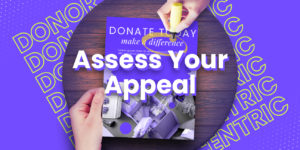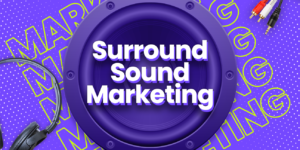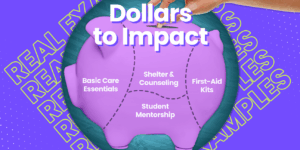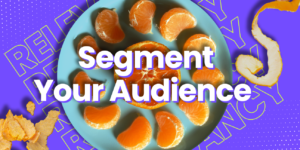Some things just make you smile. We love that organizations of all kinds are striving to be more inclusive. And many nonprofits are looking for ways to improve their ADA compliance and include more people in their activities.
According to the US Department of Labor, “the Americans with Disabilities Act (ADA) prohibits discrimination against people with disabilities in several areas, including employment, transportation, public accommodations, communications, and access to state and local government programs and services.”
What does this mean for fundraisers?
For this article, we will be focusing on the communications aspect. You may not realize it, but the methods you use to share your nonprofit’s message may exclude some individuals who want to do their part in making the world a better place!
Not only does it benefit your mission when everyone gets involved, you are obligated by US law to provide effective communications for people with disabilities under the ADA.
READ MORE: 2 tips to help GivingTuesday donors make a bigger impact.

Make it easy to engage.
No two donors are the same. This is a common theme in many of our blog posts. And it holds true here as well.
You know it’s important to reach your donors with the right message, in the right way, at the right time. And focusing more on ADA compliance will help you reach donors with different needs in ways that encourage them to make a difference.
But it can be hard to walk in someone else’s shoes. And you might not be sure how to make your communications more inclusive and welcoming for those with a disability. But often, the best way to find out is to go to the source and ask!
Reach out to your donors who fall under the protections of the ADA and ask what you can do to make your organization and its activities more accessible to them. For example, a donor who is hard of hearing may suggest adding subtitles to your nonprofit’s videos!

Use large print and other formats.
Isn’t it uncomfortable when you need to squint to read the fine print at the bottom of a document? We’ve all been there. But many people with visual impairments deal with it regularly, not just when reading that super small fine print!
So, what is a fundraiser to do? Consider creating another version of your message with larger, bolder text that makes it easy for even those with poor eyesight to read.
It is also a good idea to offer alternate formats of your written communications. Consider creating a Braille version of your appeal for donors who are blind or visually impaired.
And make sure your emails and website are compatible with screen-reading and magnification software!
In all these instances, donors who benefit from your efforts to be ADA-compliant will appreciate that you’ve taken the time to accommodate their needs and make them feel like a part of your community.

Repurpose your existing communications.
All your donors can benefit from receiving messages in different formats.
Remember, repurposing the content you already have for different channels and mediums is a great way to go surround sound!
Obviously, you won’t send a Braille version of your appeal to your entire donor base. But other communications you build as part of your efforts to improve ADA compliance can enhance your fundraising outreach overall!
Let’s say you create a video version of your appeal letter to email to donors who can’t absorb your message through writing. Why not send the video to your audience as a follow-up to reinforce the message in your appeal letter?
Your efforts to be ADA-compliant will help all your donors comprehend your message.
Let’s stick with the example of sending a video appeal. You may decide to add subtitles so donors with impaired hearing can read along. But it turns out the subtitles were also helpful for a donor who was watching the video on the bus home from work and forgot headphones!
You will put in a lot of work to make sure your communications are accessible to donors with disabilities.
So, use the assets you’ve created to be ADA-compliant to their full potential and maximize the impact of your entire donor base!
READ MORE: Everything you need to know about repurposing content.
Everyone gets involved.
As we mentioned at the top of this article, it’s great that so many organizations, in both the nonprofit and private sectors, are making efforts to be more inclusive. And you can do more for your cause when you make it easy for everyone who wants to support you to understand your message and get involved!
After all, you’re not the only organization with goals that align with a particular donor’s. And if you don’t focus on ADA compliance, some donors may choose to make an impact through another organization that better accommodates their needs.
So, make sure you’re creating an environment that welcomes everyone to support your cause. Otherwise, you could miss out on valuable support from donors who believe in your mission!
Looking for more ways to be inclusive? Click here to chat with us!
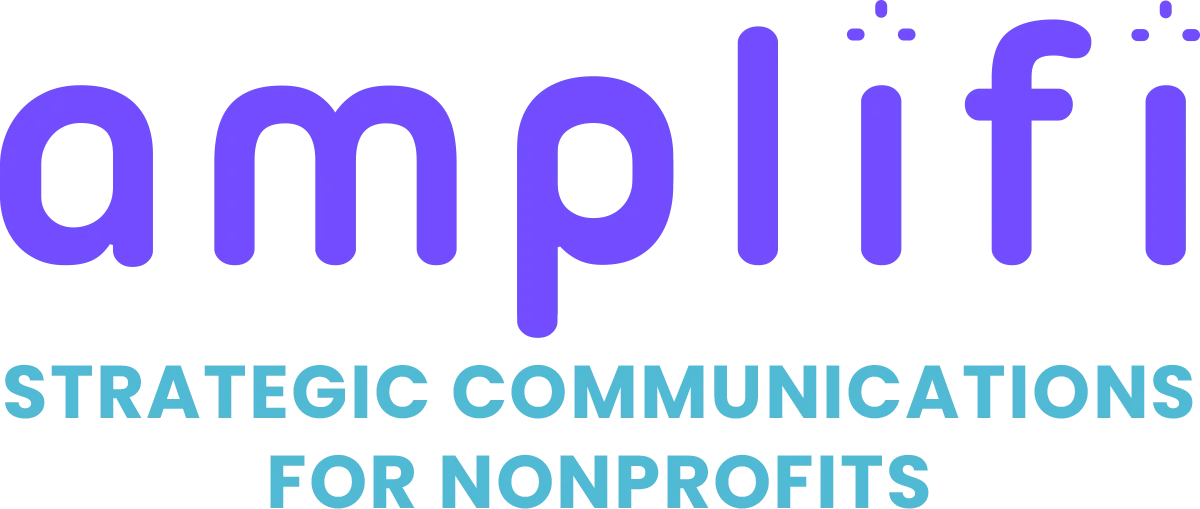
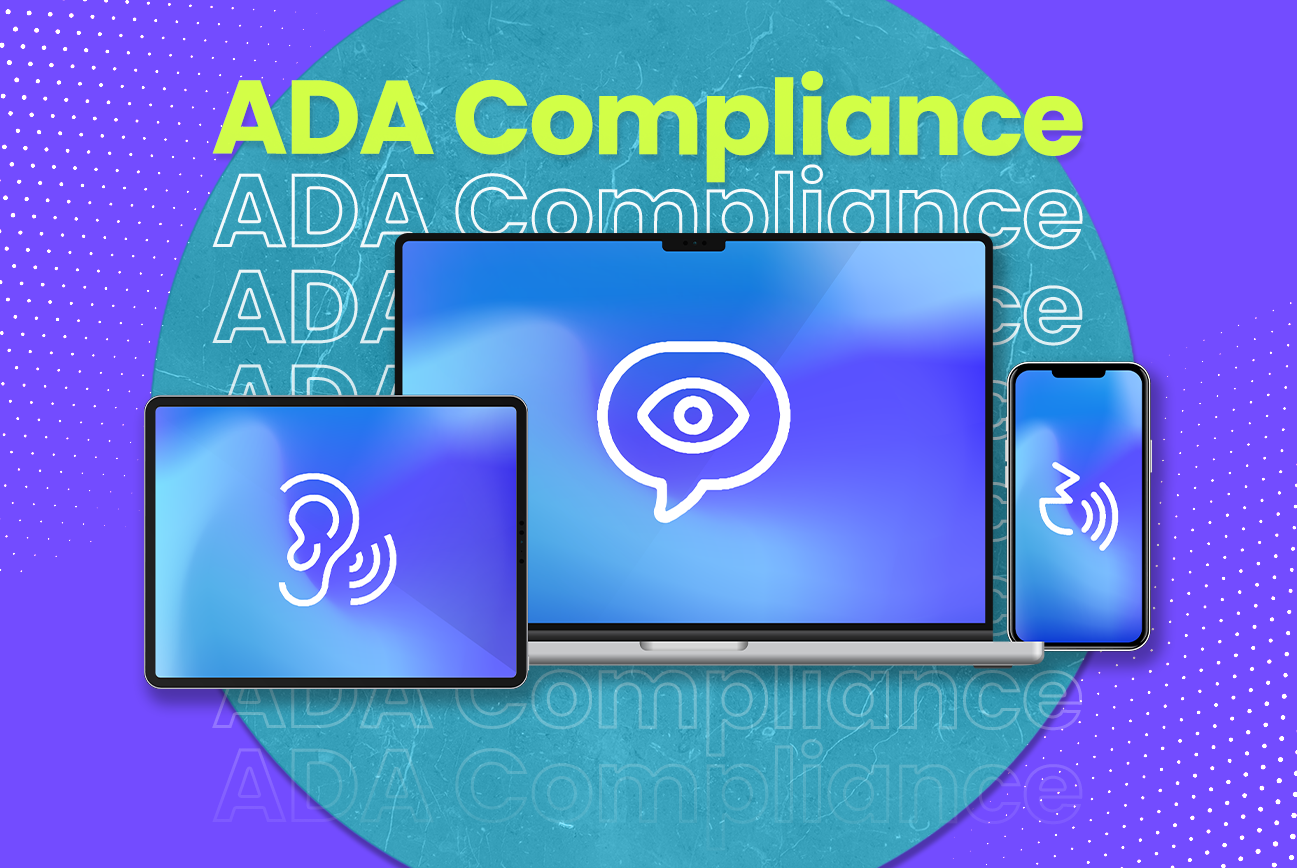
![[amplifi] - eBook pop ups and banners _Ask Strings (blog) FREE eBOOK: Ask strings and the science of securing support.](https://amplifinp.com/wp-content/uploads/2022/03/amplifi-eBook-pop-ups-and-banners-_Ask-Strings-blog.png)

